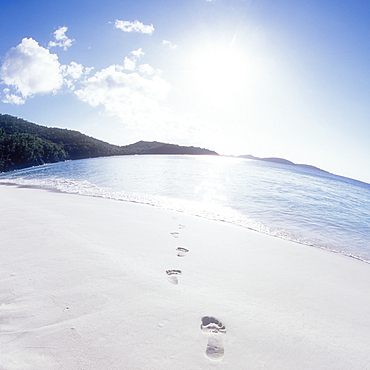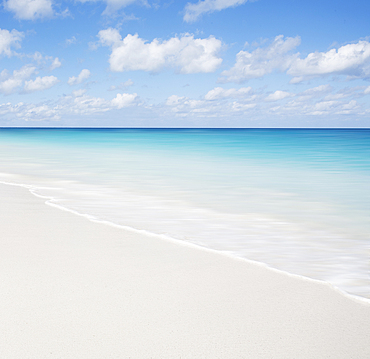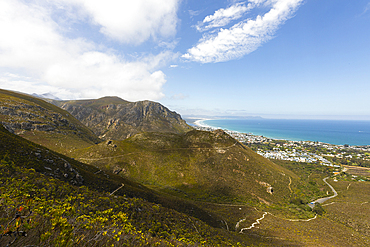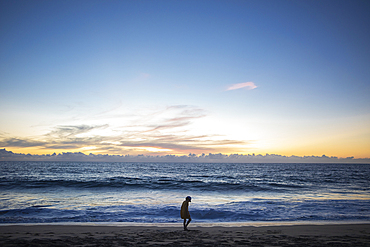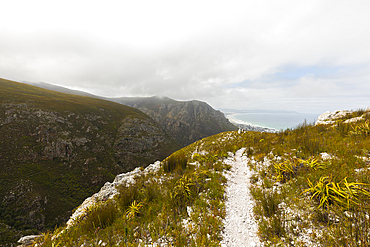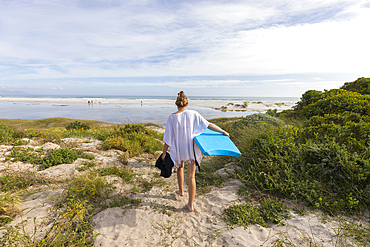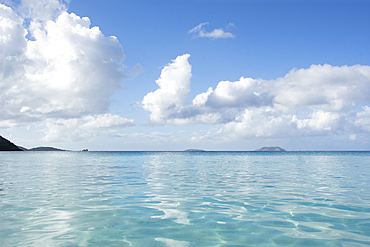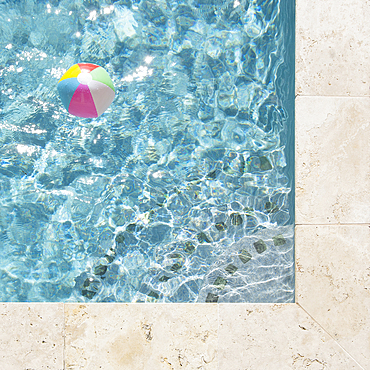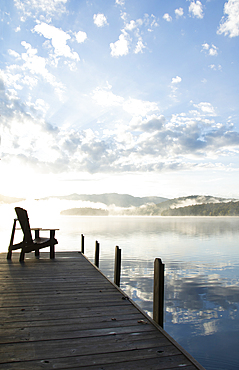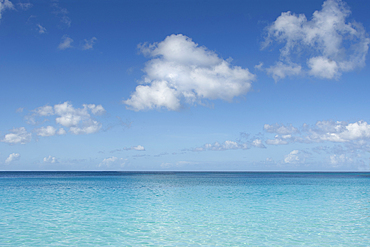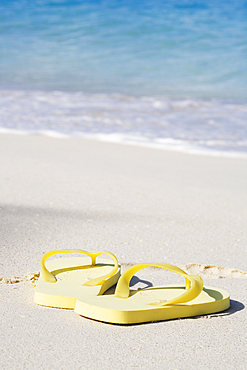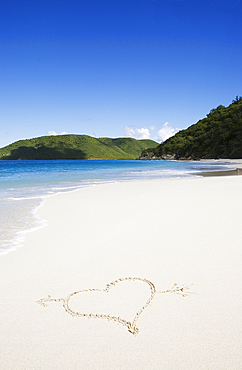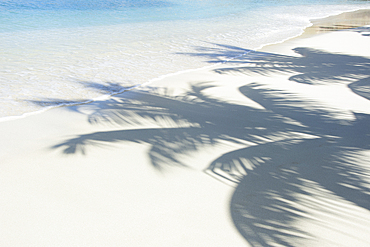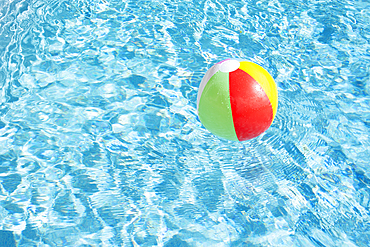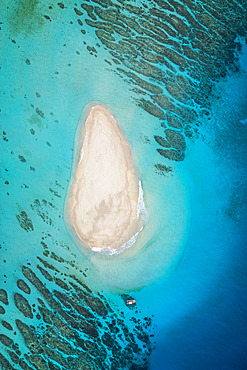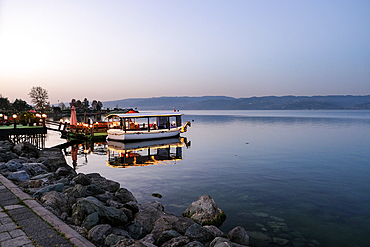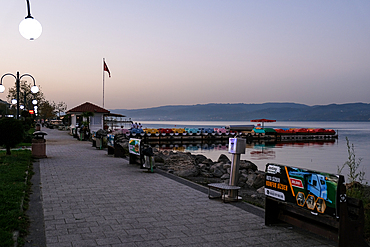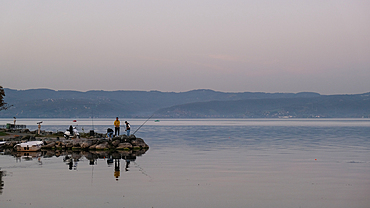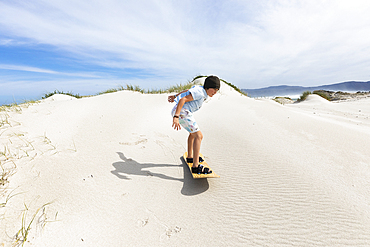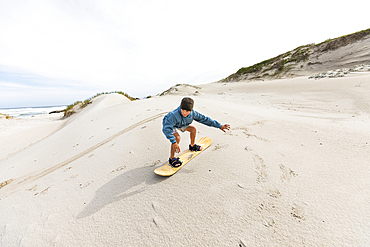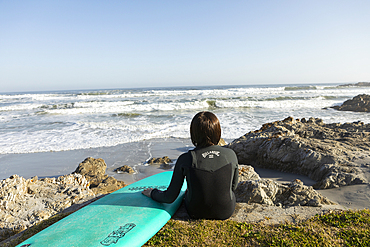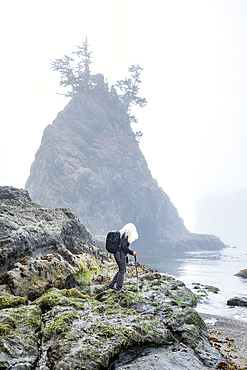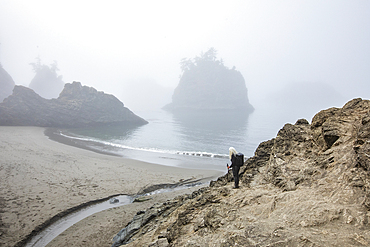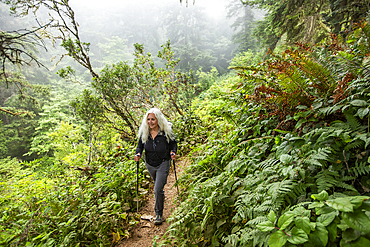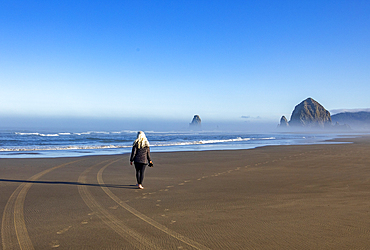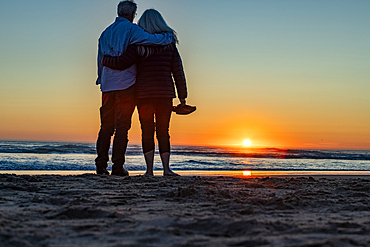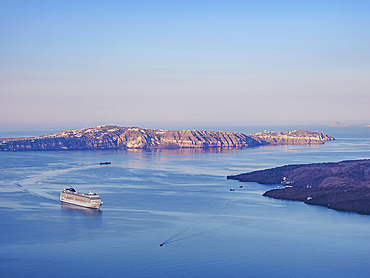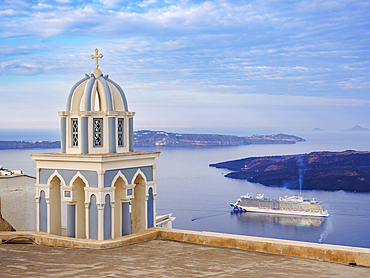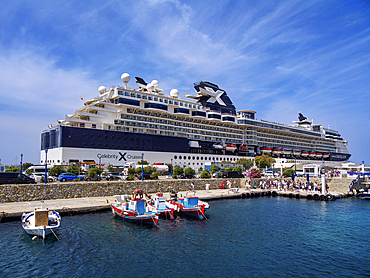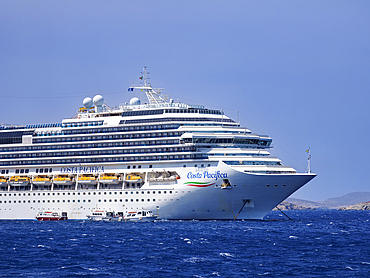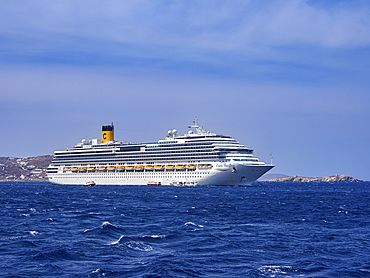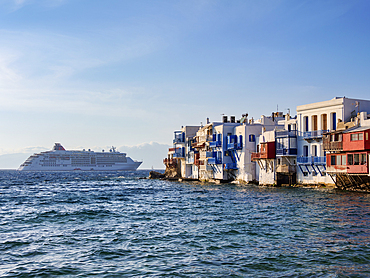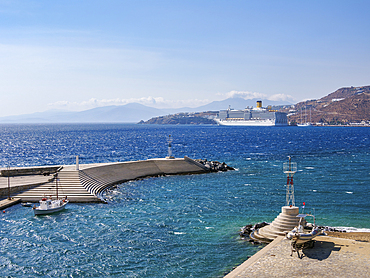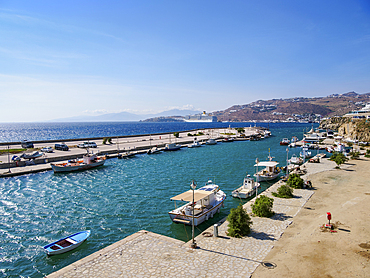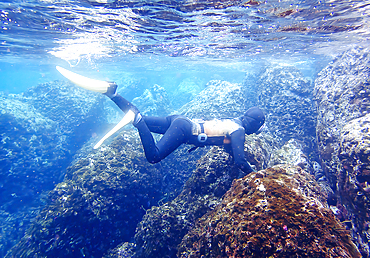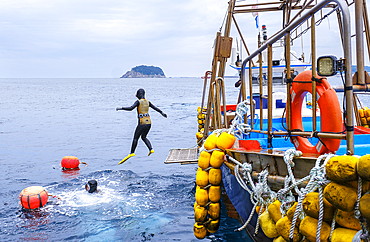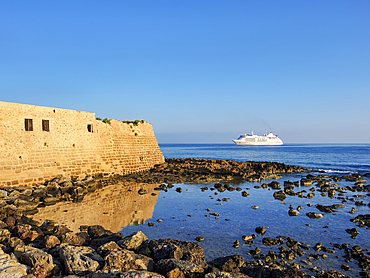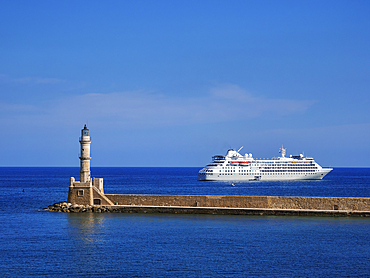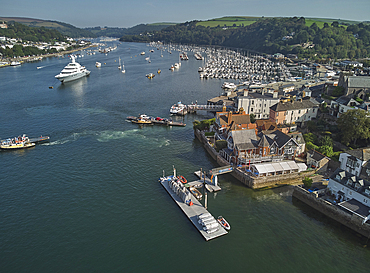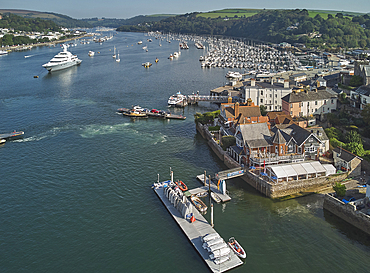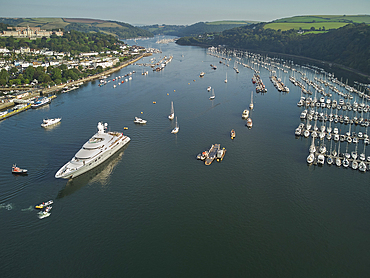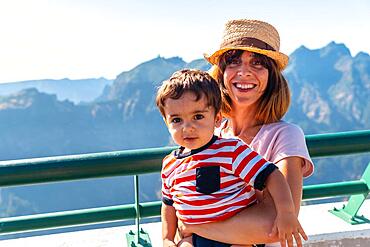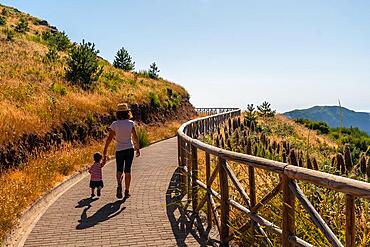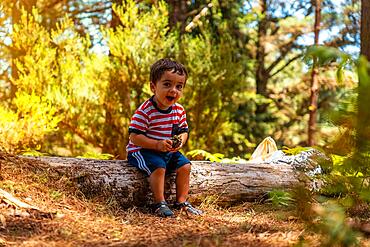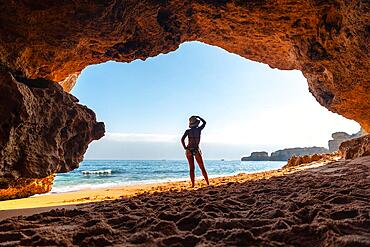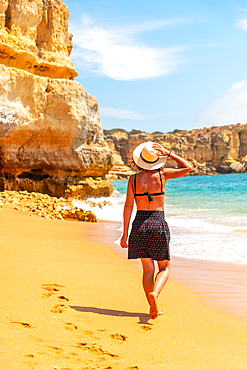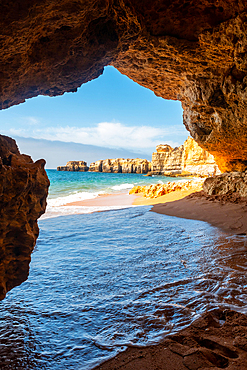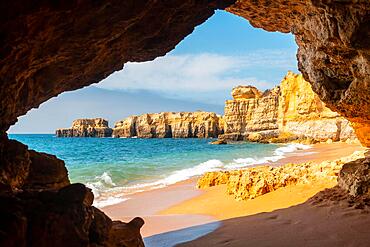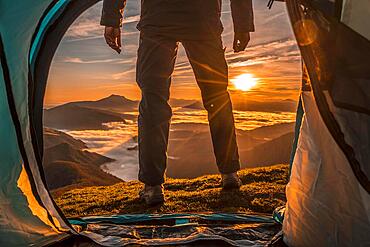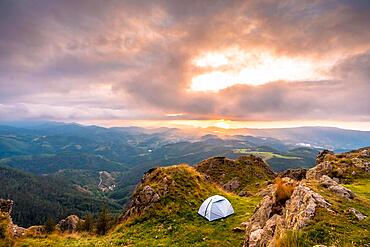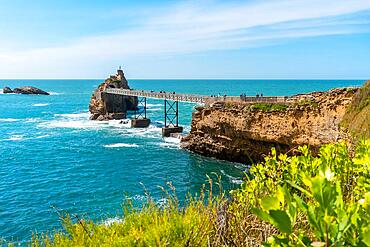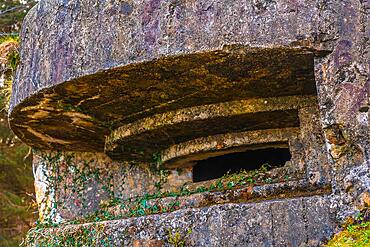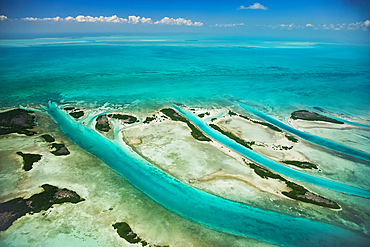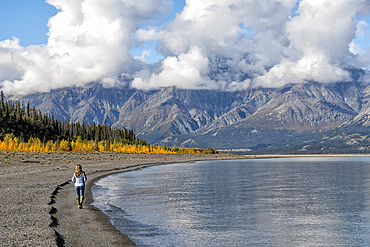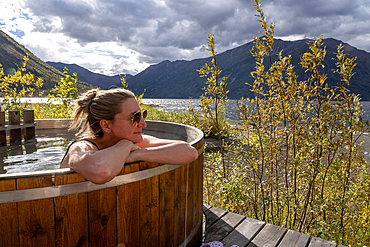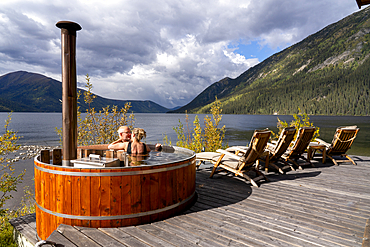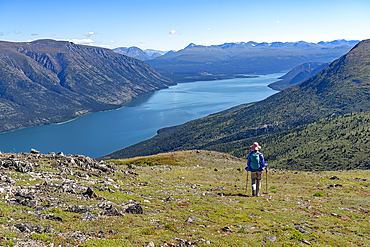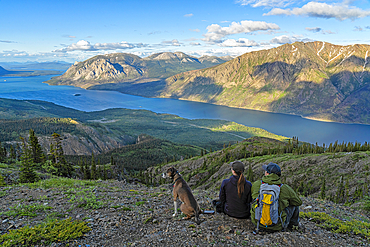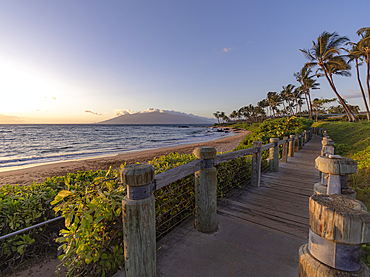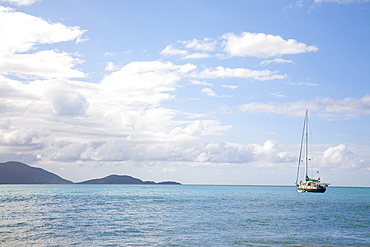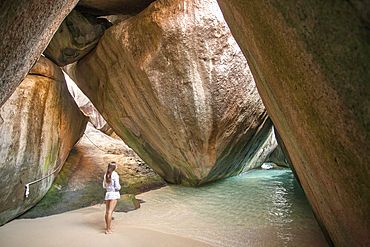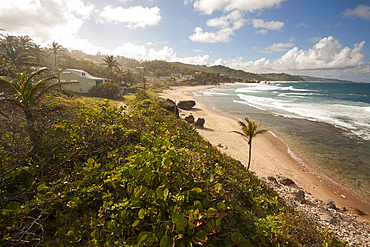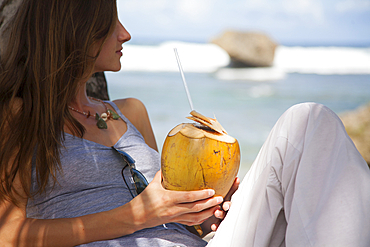Recent searches
Loading...
1131-2119 - Beach huts, La Panne Beach, West Flanders, Belgium
1178-44399 - USA, United States Virgin Islands, St. John, Footprints on empty beach and calm sea
1178-44398 - USA, United States Virgin Islands, St. John, Empty beach and calm sea
1178-44396 - South Africa, Hermanus, Fernkloof Nature Reserve landscape
1178-44397 - Mexico, Baja, Pescadero, Silhouette of boy on beach at dusk
1178-44395 - South Africa, Hermanus, Fernkloof Nature Reserve landscape and trail
1178-44394 - South Africa, Hermanus, Teenage girl walking on beach with body board
1178-44382 - View of Cinnamon Bay, St. John, US Virgin Islands, USA
1178-44381 - Abstract reflections on surface of pool water
1178-44379 - Boat dock at sunrise, Lake Placid, New York, USA
1178-44378 - Woman in swimming pool, US Virgin Islands, USA
1178-44375 - USA, Virgin Islands, Puffy clouds over calm Caribbean Sea
1178-44371 - USA, United States Virgin Islands, St. John, Cinnamon Bay, Heart shape and Cupids arrow drawn in sand
1178-44370 - USA, United States Virgin Islands, St. John, Cinnamon Bay, Heart shape drawn in sand
1178-44369 - USA, United States Virgin Islands, St. John, Cinnamon Bay, Pair of yellow flip flops on sandy beach
1178-44365 - USA, United States Virgin Islands, St. John, Shadows of palm trees on white sand beach
1178-44359 - Beach ball floating on water in swimming pool
860-292211 - Islet of white sand in the north of Mayotte's lagoon, bordering the Choisil pass.
1373-228 - View of Lake Sapanca (Sapanca Gölü), a fresh water lake in Turkey, between the Gulf of İzmit and the Adapazarı Meadow. The region around Sapanca is an important destination for day trips and weekend vacations.
1373-227 - View of Lake Sapanca (Sapanca Gölü), a fresh water lake in Turkey, between the Gulf of İzmit and the Adapazarı Meadow. The region around Sapanca is an important destination for day trips and weekend vacations.
1373-225 - View of Lake Sapanca (Sapanca Gölü), a fresh water lake in Turkey, between the Gulf of İzmit and the Adapazarı Meadow. The region around Sapanca is an important destination for day trips and weekend vacations.
1373-226 - View of Lake Sapanca (Sapanca Gölü), a fresh water lake in Turkey, between the Gulf of İzmit and the Adapazarı Meadow. The region around Sapanca is an important destination for day trips and weekend vacations.
1373-224 - View of Lake Sapanca (Sapanca Gölü), a fresh water lake in Turkey, between the Gulf of İzmit and the Adapazarı Meadow. The region around Sapanca is an important destination for day trips and weekend vacations.
1373-223 - View of Lake Sapanca (Sapanca Gölü), a fresh water lake in Turkey, between the Gulf of İzmit and the Adapazarı Meadow. The region around Sapanca is an important destination for day trips and weekend vacations.
1373-222 - View of Lake Sapanca (Sapanca Gölü), a fresh water lake in Turkey, between the Gulf of İzmit and the Adapazarı Meadow. The region around Sapanca is an important destination for day trips and weekend vacations.
1178-44343 - South Africa, Muizenberg, Row of colorful beach huts on Muizenberg Beach
1178-44342 - South Africa, Muizenberg, Row of colorful beach huts on Muizenberg Beach
1178-44341 - Boy (10-11) with surfboard posing on Muizenberg Beach
1178-44340 - Boy (10-11) with surfboard running on empty beach
1178-44338 - Boy (10-11) sand boarding in Walker Bay Nature Reserve
1178-44339 - Boy (10-11) with surfboard using outdoor faucet on Kammabaai Beach
1178-44337 - Boy (10-11) carrying surfboard in Walker Bay Nature Reserve
1178-44336 - Boy (10-11) sand boarding in Walker Bay Nature Reserve
1178-44334 - South Africa, Hermanus, Boy (10-11) with surfboard sitting on Kammabaai Beach
1178-44335 - Boy (10-11) with surfboard sitting on Kammabaai Beach
1178-44330 - USA, Oregon, Brookings, Senior woman hiking on rocks over sea
1178-44329 - USA, Oregon, Brookings, Senior woman standing on dune over beach
1178-44328 - Senior woman hiking on hill with nordic walking poles
1178-44321 - USA, Oregon, Rear view of woman walking near Haystack Rock at Cannon Beach in morning mist
1178-44319 - Rear view of couple standing at Cannon Beach at sunset
1245-3531 - Santorini (Thira) Island, Cyclades, Greek Islands, Greece, Europe
1245-3527 - Cruise Ship at the caldera seen from Fira, Santorini (Thira) Island, Cyclades, Greek Islands, Greece, Europe
1245-3517 - Catholic Church of Saint Mark the Evangelist, Fira, Santorini (Thira) Island, Cyclades, Greek Islands, Greece, Europe
1245-3511 - Caldera at foggy sunrise seen from Fira, Santorini (Thira) Island, Cyclades, Greek Islands, Greece, Europe
1245-3504 - Cityscape of Fira, Santorini (Thira) Island, Cyclades, Greek Islands, Greece, Europe
1245-3457 - Cruise Ship at the Mykonos New Port, Mykonos Island, Cyclades, Greek Islands, Greece, Europe
1245-3456 - Catamaran and Cruise Ship off the coast of Mykonos Island, Cyclades, Greek Islands, Greece, Europe
1245-3455 - Cruise Ship off the coast of Mykonos Island, Cyclades, Greek Islands, Greece, Europe
1245-3453 - Cruise Ship off the coast of Mykonos Island, Cyclades, Greek Islands, Greece, Europe
1245-3454 - Cruise Ship off the coast of Mykonos Island, Cyclades, Greek Islands, Greece, Europe
1245-3449 - Little Venice, Chora, Mykonos Town, Mykonos Island, Cyclades, Greek Islands, Greece, Europe
1245-3442 - Port in Mykonos Town, Mykonos Island, Cyclades, Greek Islands, Greece, Europe
1245-3441 - Port in Mykonos Town, Mykonos Island, Cyclades, Greek Islands, Greece, Europe
1218-1797 - Camping at Choquequirao, Peru, South America
1218-1788 - Camping at Choquequirao, Peru, South America
1218-1787 - Camping at Choquequirao, Peru, South America
1111-272 - Haenyeo women, famous for diving into their eighties and holding their breath for up to two minutes, free-diving for seafood and crustaceans, Jeju Island, South Korea, Asia
1111-271 - Haenyeo women, famous for diving into their eighties and holding their breath for up to two minutes, free-diving for seafood and crustaceans, Jeju Island, South Korea, Asia
1111-270 - Haenyeo women, famous for diving into their eighties and holding their breath for up to two minutes, free-diving for seafood and crustaceans, Jeju Island, South Korea, Asia
1111-253 - Haenyeo divers, famous for diving into their eighties and holding their breath for up to two minutes, diving for conch, octopus, seaweed, and other seafood, Jeju, South Korea, Asia
1111-250 - Haenyeo divers, famous for diving into their eighties and holding their breath for up to two minutes, diving for conch, octopus, seaweed, and other seafood, Jeju, South Korea, Asia
1245-2675 - Defkalionos Defensive Wall, City of Chania, Crete, Greek Islands, Greece, Europe
1245-2673 - Venetian Lighthouse, City of Chania, Crete, Greek Islands, Greece, Europe
1202-663 - An aerial view of the estuary of the River Dart, with the towns of Dartmouth on the left and Kingswear on the right, on the south coast of Devon, England, United Kingdom, Europe
1202-657 - An aerial view of the estuary of the River Dart, with the towns of Dartmouth on the left and Kingswear on the right, on the south coast of Devon, England, United Kingdom, Europe
1202-650 - An aerial view of the estuary of the River Dart, with the towns of Dartmouth on the left and Kingswear on the right, south coast of Devon, England, United Kingdom, Europe
832-404418 - Looking at Curral das Freiras from the Miradouro do Paredao viewpoint, Madeira. Portugal
832-404416 - A mother walking with her son at the viewpoint of Miradouro do paredao, Madeira. Portugal
832-404414 - Portrait of a boy sitting on a tree in nature next to pine trees smiling, Madeira. Portugal
832-404413 - A woman on vacation at the beach cave in the Algarve, Praia da Coelha, Albufeira. Portugal
832-404409 - Holidays in the Algarve on the beach at Praia da Coelha, Albufeira. Portugal
832-404407 - A cave entering the water from the beach at Praia da Coelha, Algarve, Albufeira. Portugal
832-404405 - Beautiful beach on vacation at Praia da Mare das Porcas, Algarve, Albufeira. Portugal
832-404406 - A natural summer beach cave at Praia da Coelha, Algarve, Albufeira. Portugal
832-404371 - Orange sunrise from inside the tent. Basque Country
832-404365 - Wild camping on the top of a mountain at sunset, sleeping in the open air after the long trek in the mountains
832-404364 - Wild camping on the top of a mountain at sunset, sleeping in the open air after the long trek in the mountains
832-404338 - Lifestyle of a young pretty red-haired Caucasian woman sitting in a blue dress by the sea, in a stone window
832-404336 - A tourist taking a photo with his cell phone at sunset in the city of San Sebastian, Gipuzkoa. Basque Country
832-404199 - Wooden footbridge over the sea in Biarritz, Rocher de la Vierge in summer. Municipality of Biarritz, department of the Atlantic Pyrenees. France
832-404197 - War fort on the mountain path of Aiako Harria or Penas de Aya, Guipuzcoa. Basque Country
832-404196 - War fort on the mountain path of Aiako Harria or Penas de Aya, Guipuzcoa. Basque Country
1116-52951 - Aerial view of Ambergris Cay, Ambergris Cay, Belize
1116-52932 - Woman walking on the shores of Kluane Lake with mountains all around her. An incredibly beautiful scene, Yukon, Canada
1116-52930 - Woman sitting in a wood fired hot tub on the shore of a Yukon Lake, Yukon, Canada
1116-52931 - Woman sitting in a wood fired hot tub on the shore of a Yukon Lake, Yukon, Canada
1116-52929 - Couple sharing a tender moment while sitting in a wood fired hot tub on the shore of a Yukon Lake, Yukon, Canada
1116-52928 - Woman sitting in a wood fired hot tub on the shore of a Yukon Lake, Yukon, Canada
1116-52927 - View taken from behind of a person walking down a mountainside with a spectacular view of the Kusawa Lake below, Yukon, Canada
1116-52876 - View taken from behind of two women standing on a mountain top with arms around shoulders, enjoying the view, while exploring and photographing the amazing scenery of the Yukon up along the Sam McGee Trail near Carcross, Yukon, Carcross, Yukon Territory, Canada
1116-52875 - View taken from behind of two women sitting on a mountain top with their dog enjoying the view, while exploring and photographing the amazing scenery of the Yukon along the Sam McGee Trail near Carcross, Yukon, Carcross, Yukon Territory, Canada
1116-52873 - Silhouette of tropical palm trees along the shore at Ulua Beach with a golden sun reflecting on the Pacific Ocean at twilight, Kihei, Wailea, Maui, Hawaii, United States of America
1116-52874 - Wooden walkway along the shore of a luxury resort at Keawakapu Beach with view of the Pacific Ocean at twilight, Kihei, Wailea, Maui, Hawaii, United States of America
1116-52841 - Sailboat in Cane Garden Bay off the island of Tortola in the Caribbean, Tortola, British Virgin Islands
1116-52833 - Scenic view of a woman walking on a seaside path at Bathsheba, Bathsheba, Barbados, Caribbean
1116-52832 - Woman standing under the large, boulders on the seaside shores of The Baths, a famous beach in the BVI's, Virgin Gorda, British Virgin Islands, Caribbean
1116-52831 - Scenic view down the coastline looking north from Bathsheba, Bathsheba, Barbados, Caribbean
1116-52828 - Close-up of a woman sitting on the beach looking out at the ocean holding a coconut with a straw, Bathsheba, Barbados, Caribbean

